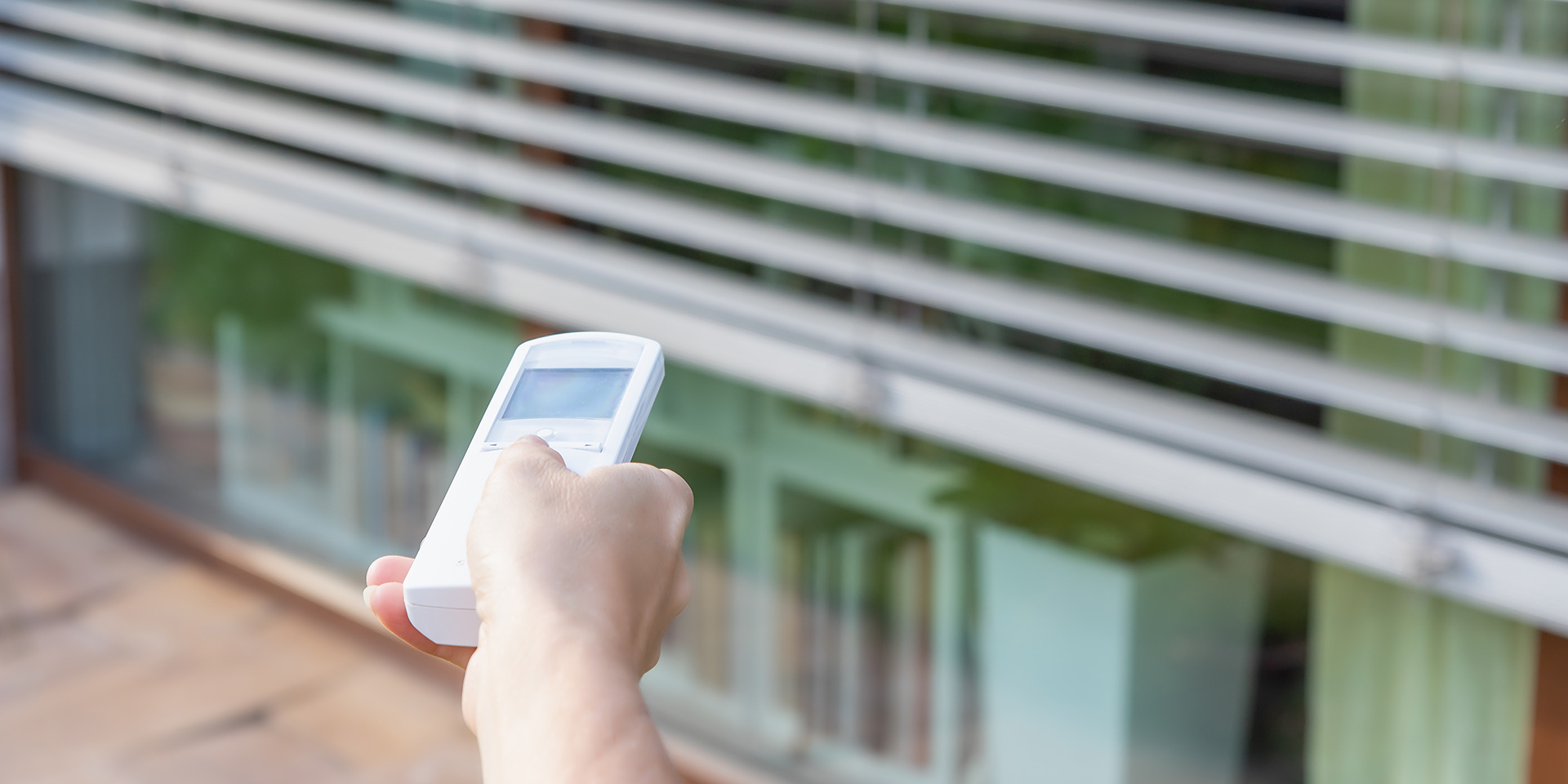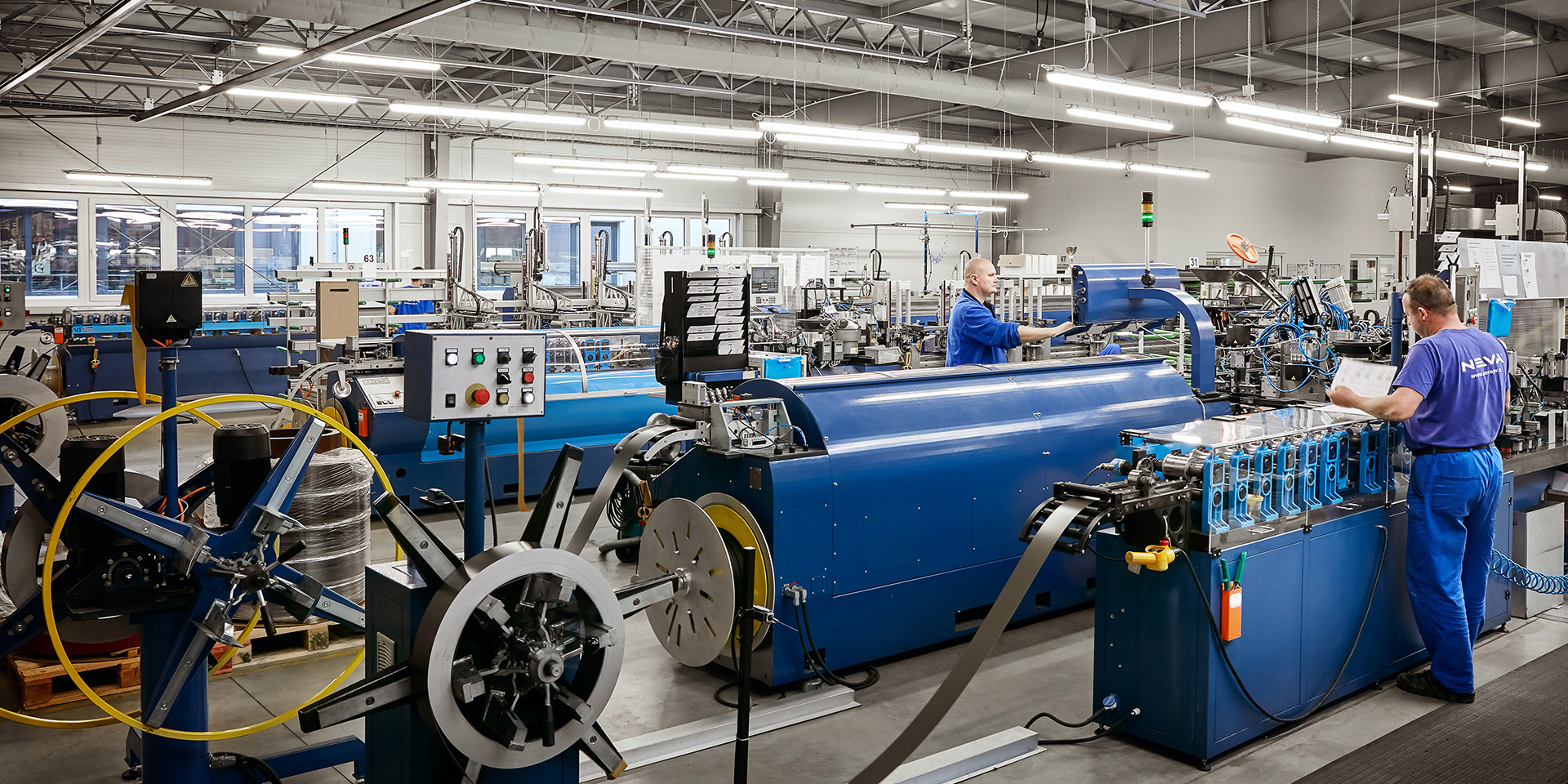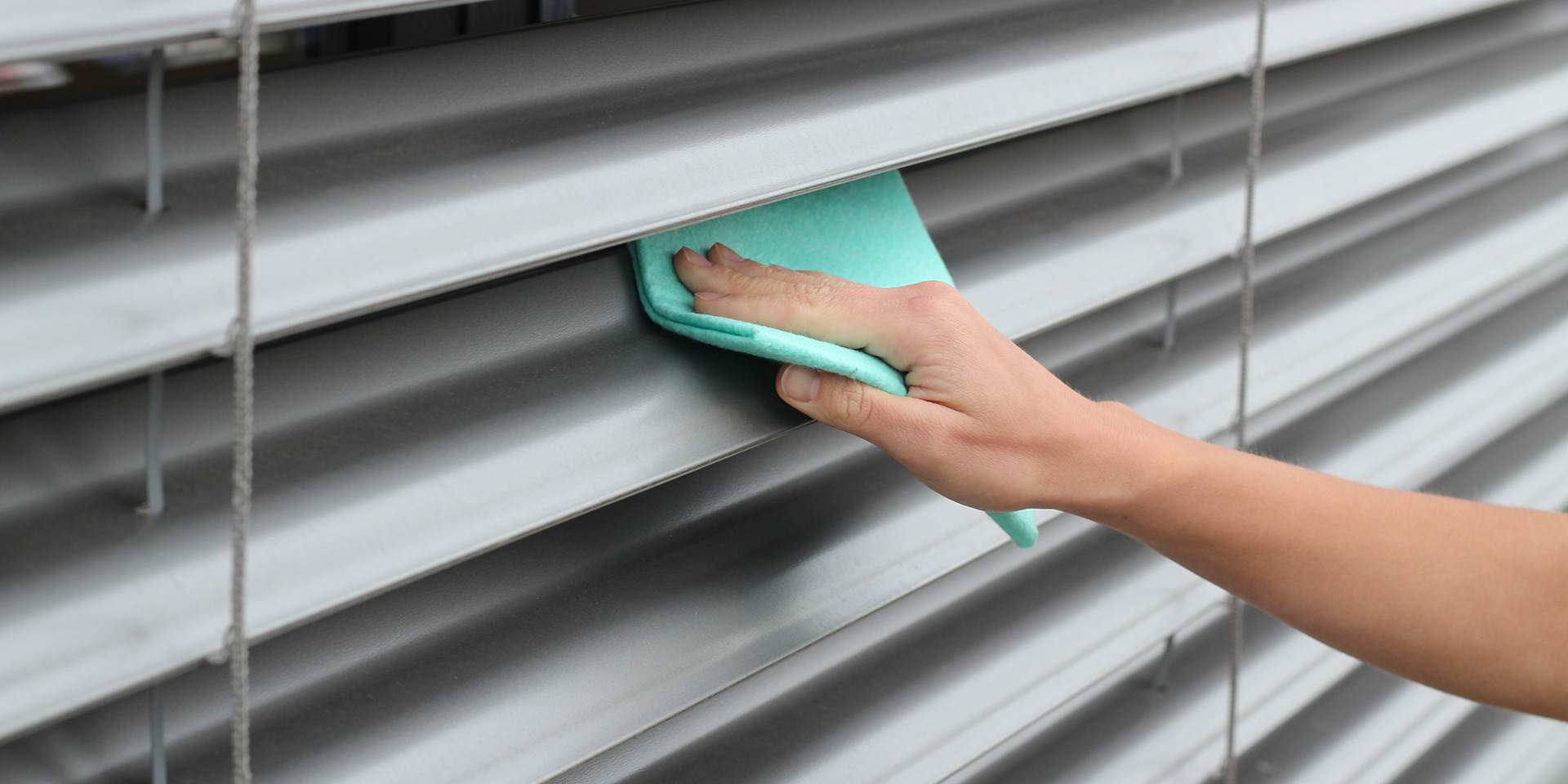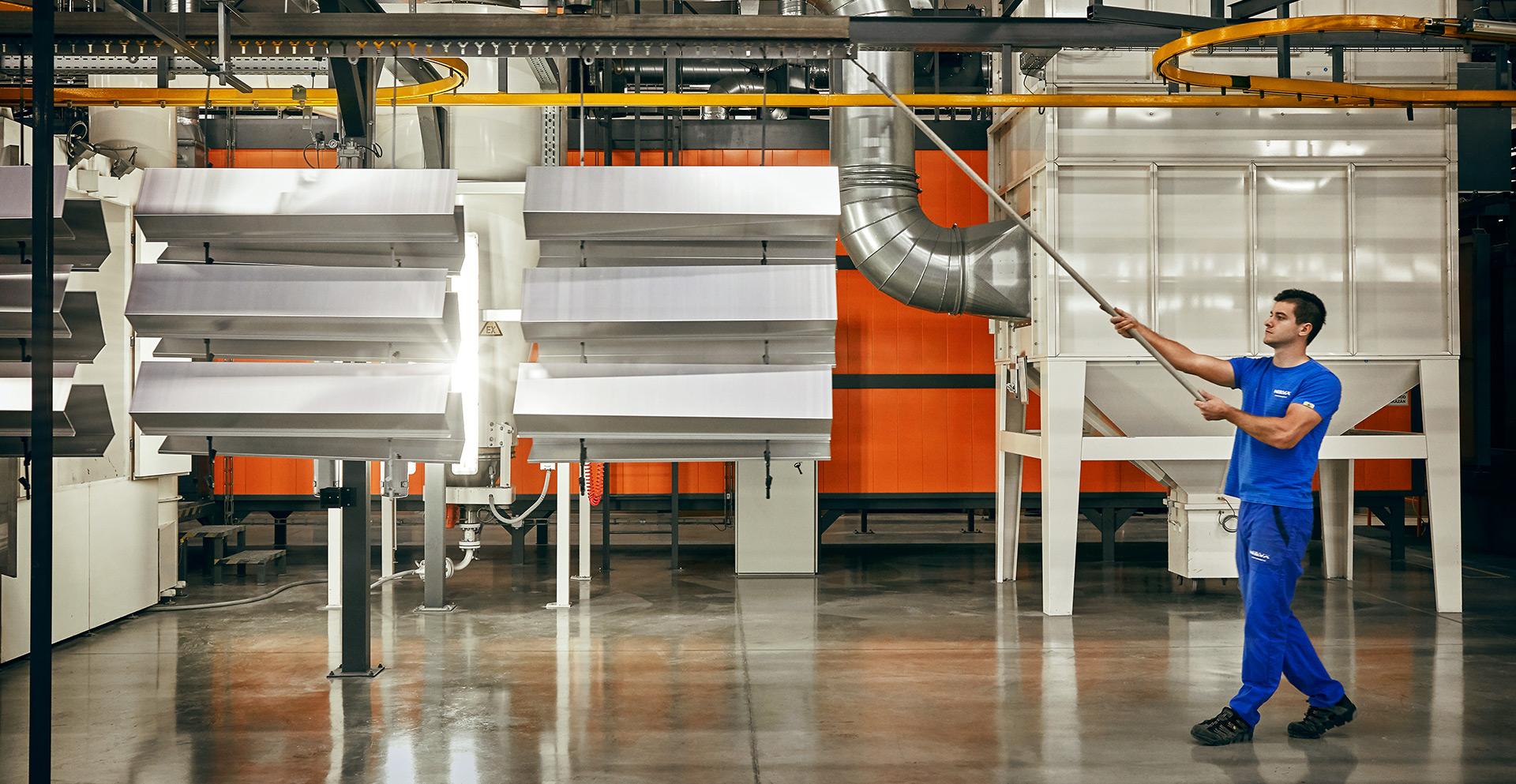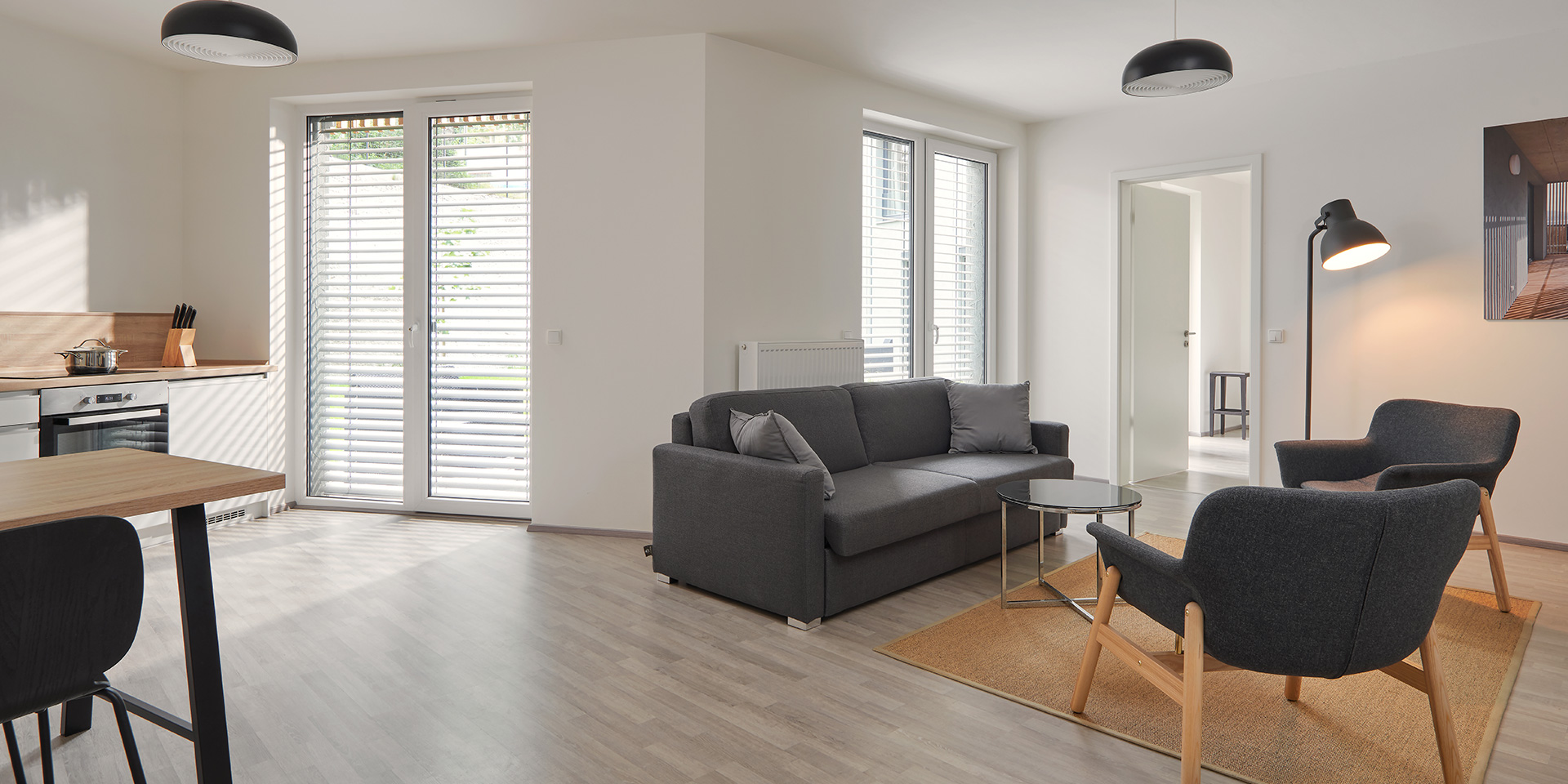How much do external blinds cost? Uncovering everything that influences their price
External blinds are more expensive than interior ones, but their price is never fixed. Factors affecting the price include the condition of your building or the way you want to control the blinds. We have listed all the items that determine the resulting price.
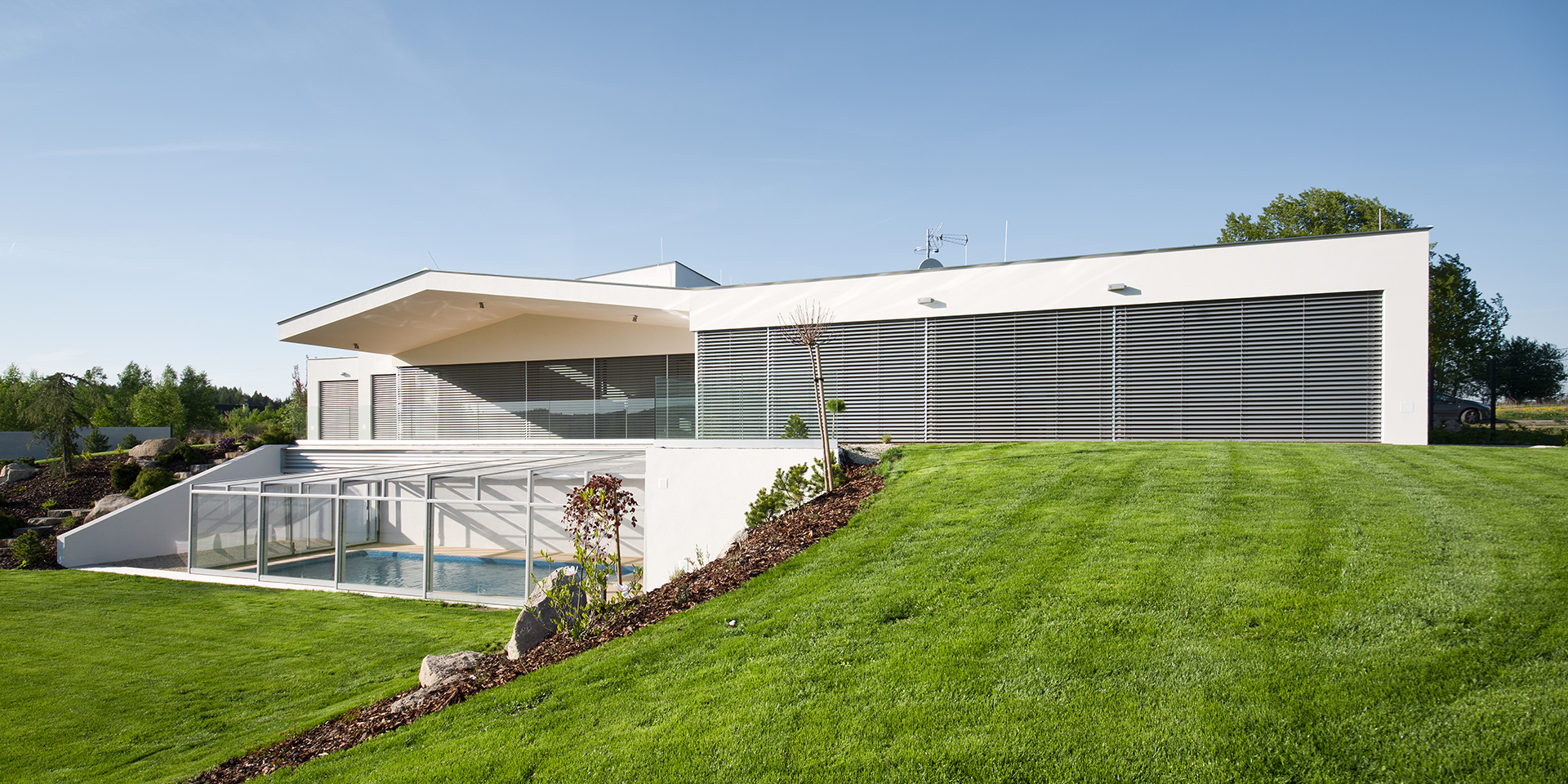
No company is going to estimate the cost of blinds in one take. The technicians first need to get familiar with your requirements and installation dispositions of your house. For example, the installation options are limited when re-building a house (as opposed to building it from scratch) as the installers often need to resort to surface installation on top of the existing façade, which is more expensive.
Blinds can be bought at any point, although it is better to install them in spring or autumn to avoid complications caused by frost. However, the claim that external blinds are more expensive in winter is false as seasons have no effect on the cost of blinds. The things that actually do affect the cost of blinds are as follows:
1. Blind type and dimensions
External blinds are available in multiple variants, differing in shape and slat width, both of which affect the final price.
- Type C or F blinds have the typical curved shape. They are ideal if you don’t want to spend large amounts. In contrast , type S or Z blinds are technically superior – their slats lock in when closed, providing better protection. That also makes them more expensive.
- The cost is also derived from the physical dimensions of the blinds. However, an exact price per square meter cannot be specified – the amount you pay for a 3×2m blind can be different than the cost of a 2×3m one (taller blinds tend to be more expensive in such cases).
2. Control type
Today, external blinds can be controlled in many ways, such as via a geared crank or motor. Manual means of control are cheaper, so you can save quite a lot if you’re happy handling the blinds by turning a crank.
For motors, it’s different – the motors are typically installed into the upper profile of the blinds, allowing more comfortable control via buttons or a remote control. However, there are still big differences between the motors, which affect the cost of external protection. You have the following options:
- Standard motor – a basic option for electronic blinds control; no other features, which makes it cheaper
- Premium motor – compared to the basic models, it also has additional useful features: it protects the blinds against freezing, controls the packet height or detects obstacles when pulling the blinds up.
Premium motors are more expensive than traditional ones, but can extend the life span of the blinds. How does this work in practice?
Imagine that the wind is blowing outside, resulting in a chair tipping over and falling on a closed bind. Not having noticed the chair from inside, you start to pull the blind up. This could damage the blind if a standard motor is used, because it simply drives the blind all the way up to the end position, making it hit the chair and damaging the aluminium slats or tearing the guiding pins out in the process. This cannot happen with a premium motor, which stops once it detects an obstacle and reports the issue.
In addition to allowing the comfortable control of your blinds, premium motors also have many additional useful features.
3. Blind colour
There is a standardized colour card for each type of blinds, included with the individual types for NEVA blinds. Basic colour tones come at no extra cost.
However, there are extra costs if you’d like to have the blinds made in different colours that require a special order by the manufacturer.
The same applies for accessories, which are typically not coated – they are simply eloxal-coated (a surface treatment that forms a protective layer via anodic oxidation. Painting or other surface treatment alterations of guiding or lower profiles are done at additional cost.
4. Component quality
Cheaper blinds from other manufacturers typically use lower-quality components which have a shorter life span. If you want to get sun screening that will last for decades, pay close attention to the quality of individual elements as well as the material, and inquire about the manufacturing details.
While you pay more for high-quality blinds, you won’t have to get a new set in 5 years. The following features are good examples of quality:
- Textile strip – for NEVA blinds, we use Swiss-made 8mm textile strips, the highest quality component on the European market.
- Crimped textile strip opening – our blinds feature a rounded opening without sharp edges that does not cut into the textile strip during the movement on the blind, resulting in reduced wear and a longer life span.
- Kevlar fibre-reinforced ladder – kevlar is a material commonly used for planes or bulletproof vests. It significantly increases the strength of the ladder. In NEVA, it is also connected by a stainless steel coupler, which further increases the durability of the blind.
- Structured slat coating – very resistant to fickle weather conditions
The price of blinds is also influenced by manufacturing procedures. Therefore, it is also key whether the company has control over the individual production phases and continuous supervision. That is why we adhere to the following at NEVA:
- We purchase high-quality materials, e.g., from Switzerland or Germany
- We paint products in our own paint shop
- We test the blinds during production to make sure they meet the requirements of strict standards, exposing them to wind and salty mist.
The price of blinds is also affected by the installation method.
5. (A)typical solution
Atypical solutions are a chapter in themselves. If you need various perforated slats or a corner-based sun-screens, it’s going to cost you more as the company needs to tailor-make them.
6. Installation
Getting sun protection does not end with choosing and buying the equipment, neither does the list of things affecting the price of the blinds. How much you pay is also derived from the installation method.
If, for example, you intend to have the sun protection installed onto a finished building, the installers need to take the options the house offers into account. If the façade of the house is not thick enough or the base is unsuitable for a standard installation, the installation needs to be done on the surface of the façade, which is more expensive.
Because of this, thinking ahead pays off – when building a house, consult the project engineer about what kind of external sun protection you would like to have. This allows you to take into consideration the installation of the blinds in advance and plan things like electrical installation accordingly or focus on sub-plaster preparations in order to be able to install the blinders underneath the façade, saving costs for additional modifications or more complex installation in the process.
You can start right now by browsing our assortment of external blinds or contacting one of our partners for an estimate.
